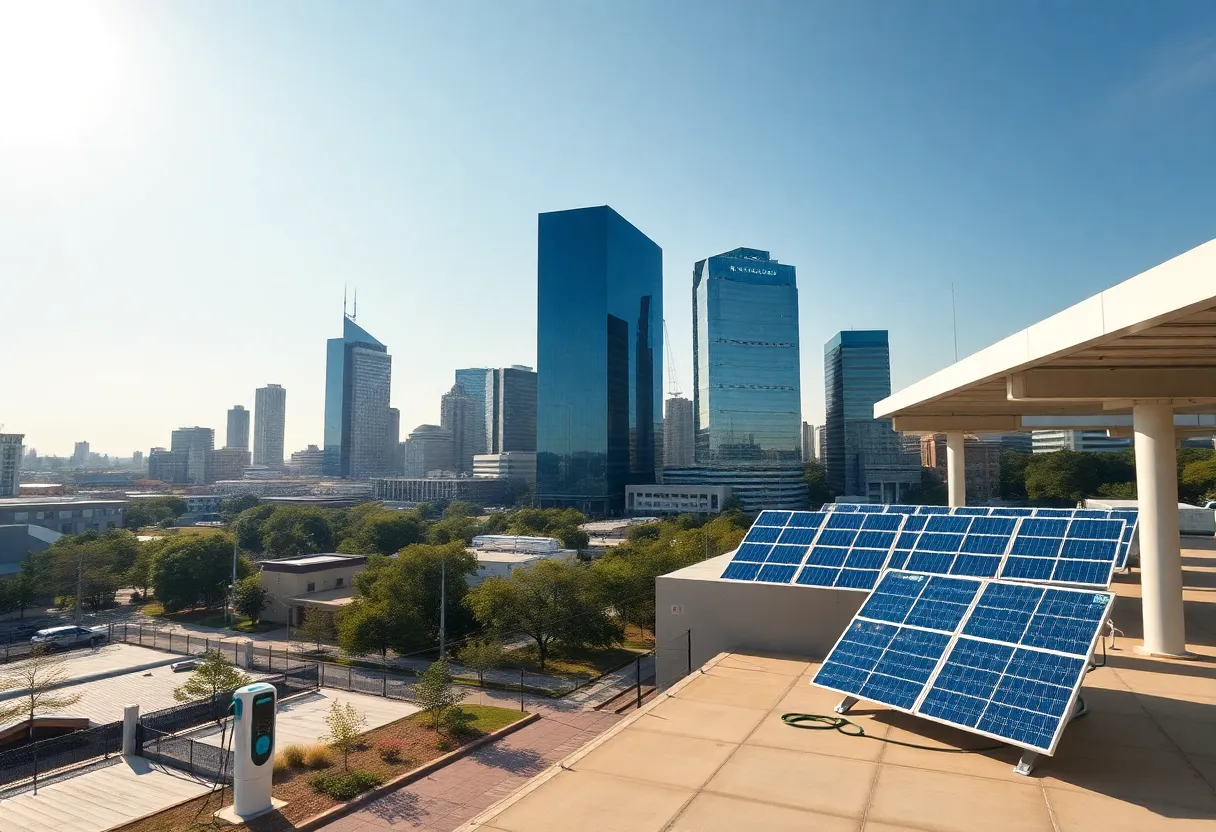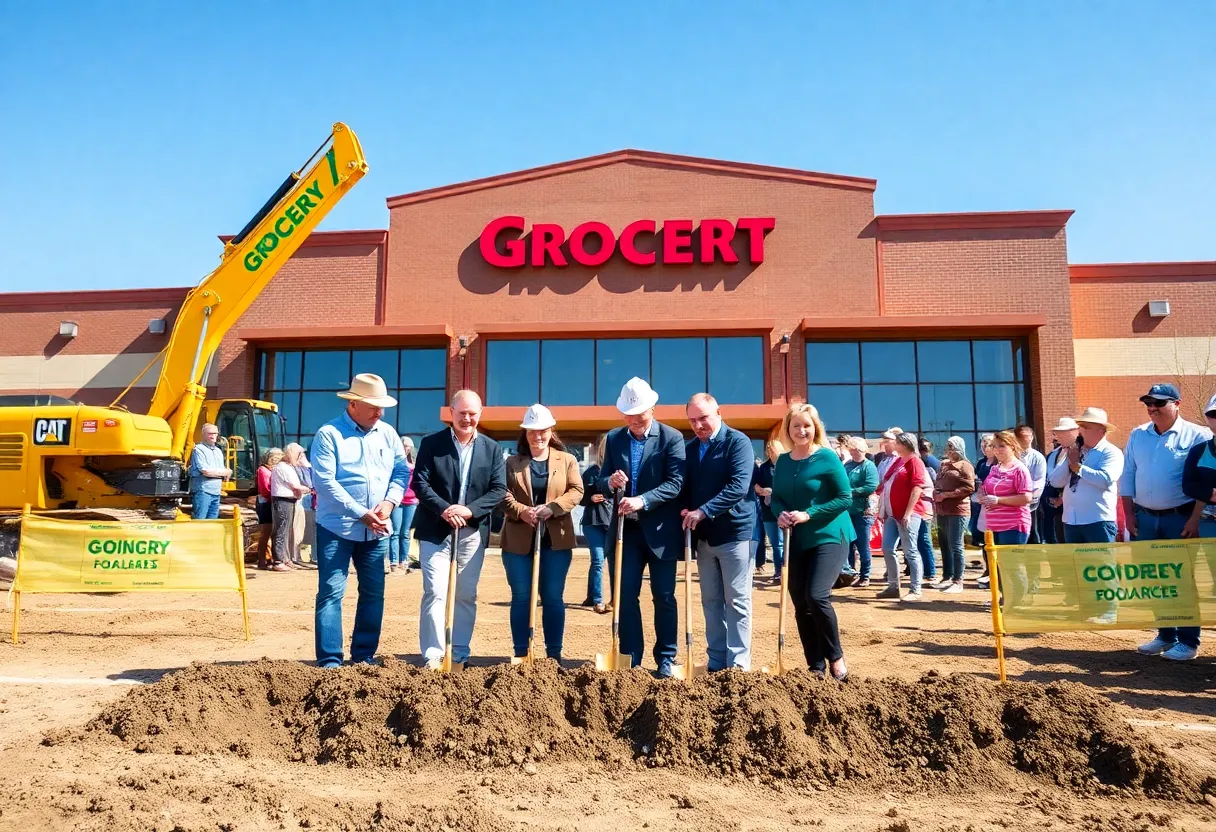News Summary
Austin is experiencing rapid growth in the energy sector, particularly from data centers and advanced manufacturing, which is straining the region’s energy infrastructure. The Austin Chamber of Commerce’s Infrastructure Summit highlighted the urgent need for planning and investment to secure future energy reliability. Key stakeholders discussed the challenges and responses needed as energy consumption soars, including new developments in electric vehicle infrastructure and renewable solutions.
Austin’s Energy Infrastructure Faces Critical Demands Amid Rapid Growth
Austin is witnessing unprecedented growth, particularly in the energy sector, as emerging industries like data centers and advanced manufacturing significantly alter the demand landscape. This swelling demand is placing pressure on the region’s energy infrastructure, which is now at a critical junction. Experts gathered at the Austin Chamber of Commerce’s Infrastructure Summit to discuss the urgent need for planning and investment to ensure future energy reliability.
What Happened
The Infrastructure Summit featured a panel of major regional energy suppliers, utilities, and infrastructure companies that explored the pressing challenges facing Austin’s energy systems. As the pace of growth continues to accelerate, the existing energy infrastructure faces increasing demands that are currently outstripping capacity expansions. Notably, Austin-Bergstrom International Airport has become a significant contributor to fuel demand, requiring over 100 tanker truck deliveries of jet fuel daily.
Who Is Affected
The rapid growth in energy consumption impacts a broad range of stakeholders, including local residents, businesses, and industries. Notably, the rise of data centers as heavy power consumers poses unique challenges, as some facilities are arranging to transfer their existing power contracts to the Austin area. Local refineries are also compelled to adopt renewable solutions, such as solar projects, to meet faced energy demands. The culmination of these factors has led to increased pressures on an already strained energy grid.
Official Response
Multiple responses have been initiated to tackle these challenges. The Electric Reliability Council of Texas (ERCOT) has indicated that supply grid demand might triple within the next five years, highlighting the hard-to-meet physical limitations due to supply chain issues for essential materials like steel. Recent expansions of natural gas pipelines across Central Texas have introduced new supply routes, proving vital for energy delivery during winter storms.
At the same time, Austin Energy has received a federal grant of $15 million to promote the development of electric vehicle charging infrastructure in the city. This initiative, supplemented by $3.75 million in local funding, aims to add over 200 new charging ports in Austin, effectively doubling the number of fast chargers over the next five years.
Impact
The implications of these developments are far-reaching, as the current “just-in-time” fuel supply strategy has proven unsustainable. Experts agree that there is a critical need for substantial investment in pipeline projects and additional energy infrastructure to accommodate the anticipated demand growth. The transition to electric alternatives must be paired with ongoing investments in conventional systems, particularly natural gas, which remains essential for maintaining energy reliability.
Despite Texas leading the way in wind energy production and expanding solar capacity, concerns linger regarding the resilience of the natural gas system during extreme weather conditions. This highlights a potential disconnect between the gas supply and power generation sectors during critical times.
What’s Next
As Austin continues to evolve, experts emphasize the need to explore decentralized energy systems, including on-site solar setups and combined heat and power installations, which can help alleviate strain on the grid. There is also an acknowledged requirement for more dispatchable generation to match the growing demands placed on the power supply.
The upcoming years will be crucial for addressing the energy challenges in Austin. Policymakers and industry leaders are called upon to collaborate on actionable strategies to improve energy reliability, bend the curve on demand growth, and develop infrastructure that can adequately support the city’s ambitious trajectory. The ongoing changes to federal regulations and market dynamics post-Winter Storm Uri will also play a significant role in shaping the future of Austin’s energy landscape.
Deeper Dive: News & Info About This Topic
HERE Resources
Central Texas Prepares for Total Solar Eclipse in 2024
Austin Mandates New Air Conditioning Rules for Rental Properties
Austin Power Outages Due to Transformer Issues and High Winds
Smart Windows Market Set for Rapid Expansion
Dobie Middle School Faces Uncertainty Amid Community Support
Concerns Surrounding Dobie Middle School’s Future
Nefab Expands in Austin with New Engineering and Customer Experience Center to Elevate the Customer Experience
Charley Crockett Shines at Austin City Limits
Stray Dog Finds Home in Austin Retirement Community
Austin Energy General Manager Bob Kahn Announces Retirement
Additional Resources
- Fox 7 Austin: Austin Energy Federal Grant
- Wikipedia: Austin Energy
- Austin Chronicle: EV Charging Expansion
- Google Search: Austin energy EV charging expansion
- Community Impact: EV Charging Stations Grant
- Google Scholar: electric vehicle charging infrastructure
- Austin American-Statesman: Federal Funding for EV Charging
- Encyclopedia Britannica: Electric Vehicles
- Austin Energy: Company Profile
- Google News: Austin energy infrastructure








